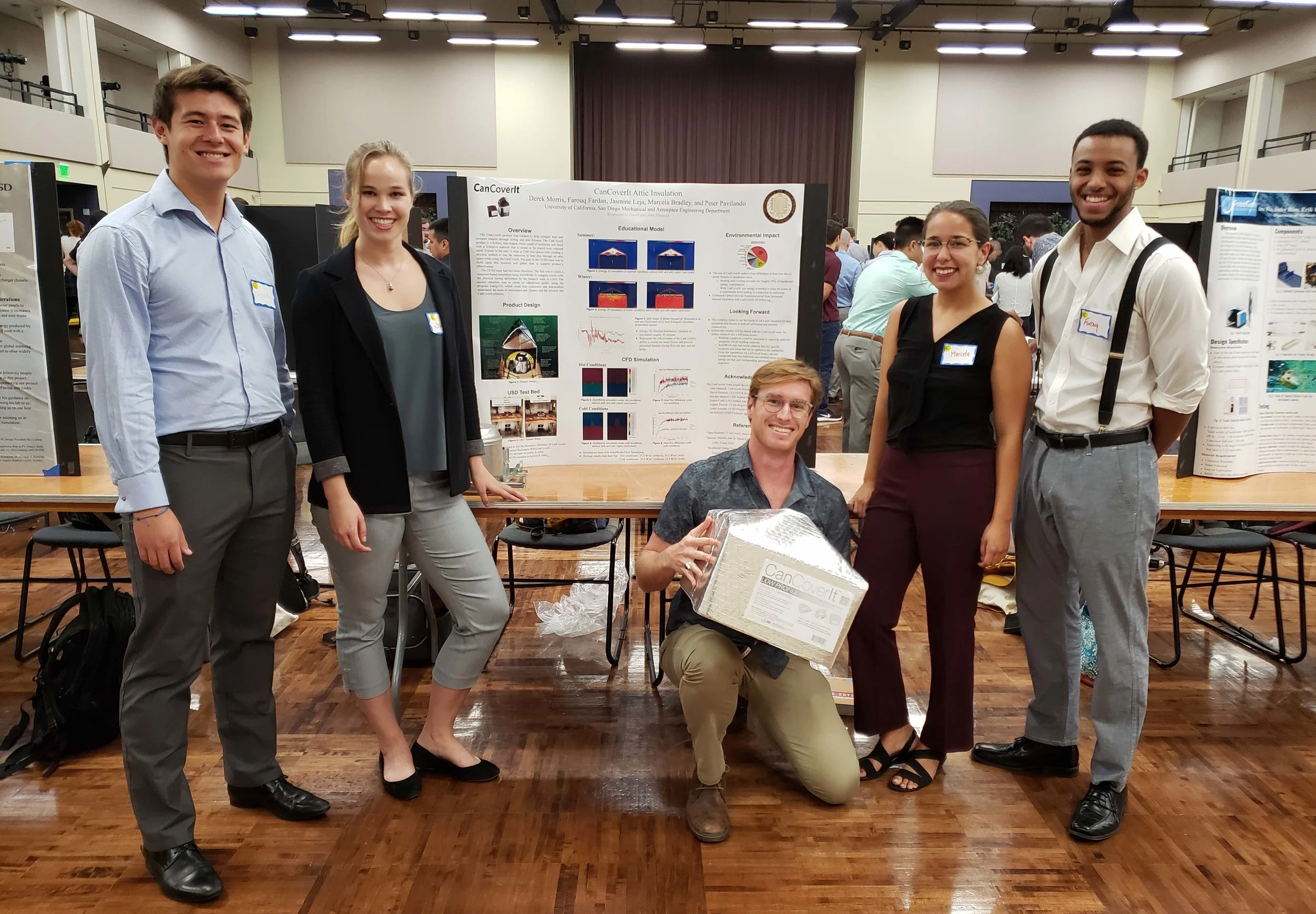It is a great intention to try getting better scores and metrics to help homeowners, but so many people are trying to approach this angle that it is now starting to overwhelm homeowners.
A metric is less impactful than using a ‘halo effect’ around a few fast, tangible upgrades. Look to Apple’s success getting people into an ecosystem of products using one key product.
Over here at CanCoverIt we see our solution as an ideal halo effect product - do it first and then approach other specifics later.
It’s low-cost/high-impact so it will win over the homeowner to more advanced concerns later, but delivers the majority result immediately so that even if they never go further it’s still a win at scale.
We really need to get people retrofitting their homes NOW, and I want to propose that we try:
“Homeowner, we can fix your attic for savings on your heating/cooling and increased comfort, it will take one afternoon.’
vs the current:
‘Homeowner, first we will get a metric reading which will define the performance of your home which will then allow you to choose a range of options congruent with the metric... etc etc’
One of those messages will resonate, the other has not historically and still isn’t today.
The great news is that we can still get homeowners interested in technical specifics and metrics, but let’s do it after they have actually upgraded the structure of their home.

















Through CanCoverIt’s involvement in the Southern California Regional Energy Innovation Network (SCEIN) we have sponsored two student teams to study the benefits of CanCoverIt protection for metal attic fixtures.
In a SCEIN first, CanCoverIt orchestrated University of San Diego (USD) and University of California San Diego (UCSD) into one study consisting of two parallel operations.